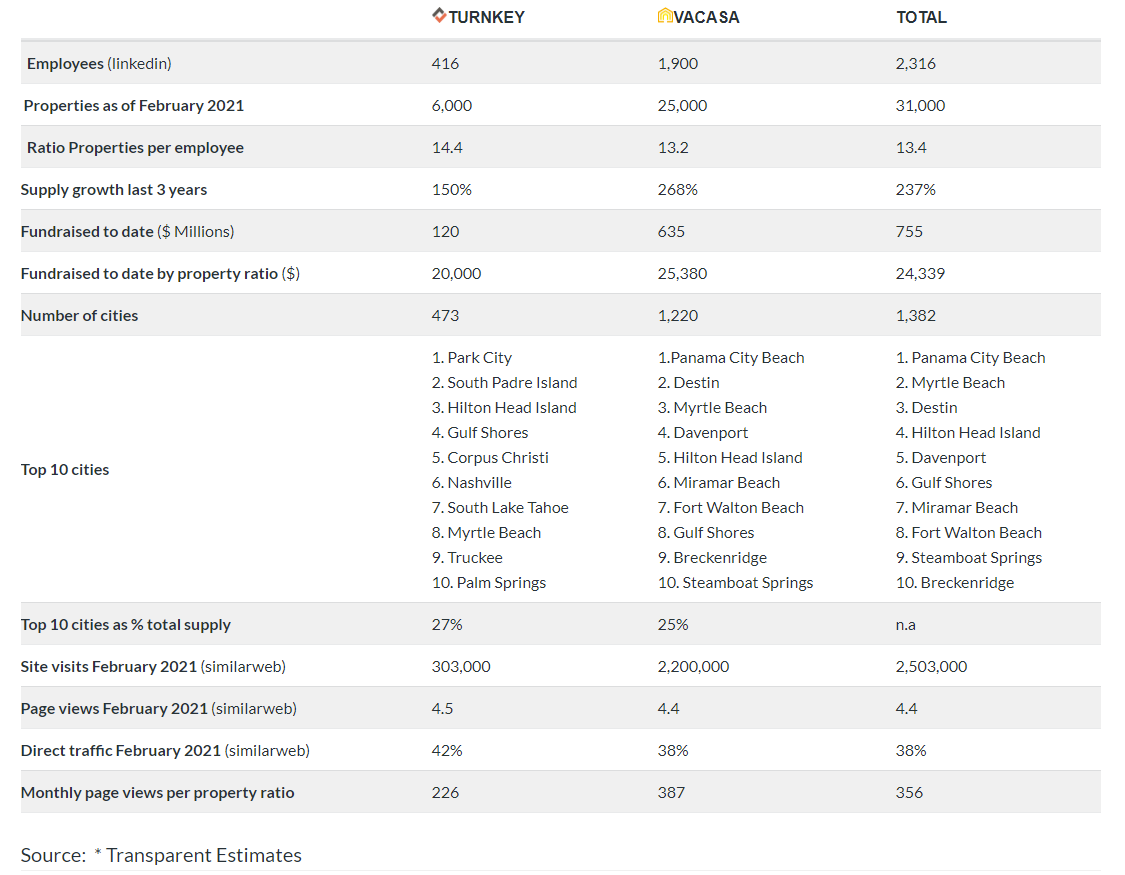
An investment property manager is a person who can help you purchase an investment property. A property manager can ease your worries and help you maximize your return on investment. It is important to choose the right investment property manager, especially if you are a first time landlord.
There are many different strategies to consider when deciding how to manage your rental properties. Some investors choose to manage their rental properties themselves, while others hire professionals to help. How much you are willing or able to invest in your property as well the time you have for managing it.
Property management is a very complex field. You should find a property management company that has the necessary knowledge and experience to handle the unique challenges of your type of investment. They should be able to deal with maintenance issues, tenants, evictions, and even marketing your properties to attract good quality tenants.

Hiring an investment property manager has the advantage of allowing you to focus on your business. It can be a great help to have a property manager, but it's important to understand that the responsibilities of your manager may vary from property to property. For example, some managers will be tasked with promoting your property, while others will be responsible for maintenance.
While self-managing your rental property can help you make a profit, it can be exhausting. It is important to keep track of maintenance, taxes, and vacancy. Also, you need to be available at all times to respond to emergencies.
The best property management systems consider all of the needs of the parties involved. This will allow your investment property manager to provide a wide range of services, so you can have the most efficient experience.
A great investment manager will make your properties more lucrative and give you the peace of mind that you require. Your manager should be able help you reach your financial goals, regardless of whether you're a novice investor or seasoned investor.

While a property manager is not for everyone, it can be worth it to have one. In fact, it might be worth paying a fraction of your income to have your property managed. You will also save more money if you have a great property manager.
Of course, you should never forget to do your own due diligence before hiring an investment property manager. Find out about their fees and if they can deliver on your expectations. You can also research their clients and do some research. Ask for references and information on upcoming vacancies.
Apart from managing your investment property's marketing and maintenance, a good property manager will be able provide you with a list local handymen and contractors that you can turn to when you need them. Not only will this give you peace of mind, it will also help you ensure that your property is in tip-top shape.
FAQ
What is the best time to hire a handyman for your project?
There is no right time to hire a handyman. You should get started as soon you can. To save money, you could wait until after the holidays. You could also pick up the telephone and call various handymen.
What time does it take for a handyman finish a job?
It depends on the size of the project. The size of the project will determine how long it takes. Larger projects may take more time. The average handyman will finish any size project within one week.
Can a handyman fix my leaking faucets
Although a handyman may be able to handle minor repairs, he will not have the necessary training to tackle major projects such as wiring a house or installing custom cabinets. There are many things a handyman could do for minor home improvements.
Do I need a handyman trained to do my work
No. Handymen already possess the knowledge and skills to complete any project. You only need to provide the materials needed to complete the task.
Statistics
- A franchise was approximately $110,000 with a franchise fee of $14,900, according to a spokesperson for a national handyman franchise. (en.wikipedia.org)
- An estimate was that in 2003, the market for home maintenance and repair spending was up 14% 2001 to 2003. (en.wikipedia.org)
- With a strong housing market, the handyman and general maintenance worker industry are expected to grow by nearly 10% in the next decade. (housecallpro.com)
- More than 20% of homes in America have outdoor living spaces, including decks and patios. (mrhandyman.com)
- Our handyman services for seniors are provided by professional senior helpers who have been serving the community for over 20 years with 98% customer satisfaction. (cantatahomeservices.org)
External Links
How To
How to Replace Broken Tiles
Step 1 - Take out the old tiles.
Remove the old tiles from your flooring and put them aside. If you intend to use them, you will want to keep them intact. It's important to note which parts are missing or damaged in order to be able to find the right replacements.
Step 2 - Select New Tiles
You can take a look at the different options for tile replacement.
-
Locate a replacement tile that is the same as the one you just removed.
-
To find the matching piece, use the measurements that you took while removing the tile. This will make it easy to get the correct size without having again to measure.
-
Look for various colors, patterns, textures, sizes, shapes, etc.
-
Consider the grout you want to use. Some prefer a solid color, while others like mixing it up.
-
You should ensure that the tile you choose is resistant to moisture.
-
Make sure you consider where your tile will be placed. It can help you save money and time.
-
Once you've chosen your tile, order it online or call your local Lowe's store to place your order.
Step 3: Install the tiles.
For your new tiles, use the same method that you used to install them. It's important to align them correctly in order for them to fit together.
Step 4 -- Clean Up
Clean up any debris on the floor before you apply the last layer of protective material.
This will prevent dirt or dust from collecting between the tiles and causing mold.
Step 5 -- Sand the Floor
Clean everything and sand the floor.
Step 6 – Finish Off
Apply the protective coatings once the floor is smooth. It is important to wait before you apply the protective coatings.
To protect your floors from stains, you can use "damp-and dry" products.
However, it will not cover all possible problems that may arise after you have installed your tiles. If you have children, an anti-slip coating may be a good idea.
Remember to let the protective sealer remain on for several additional weeks before you move into your home.